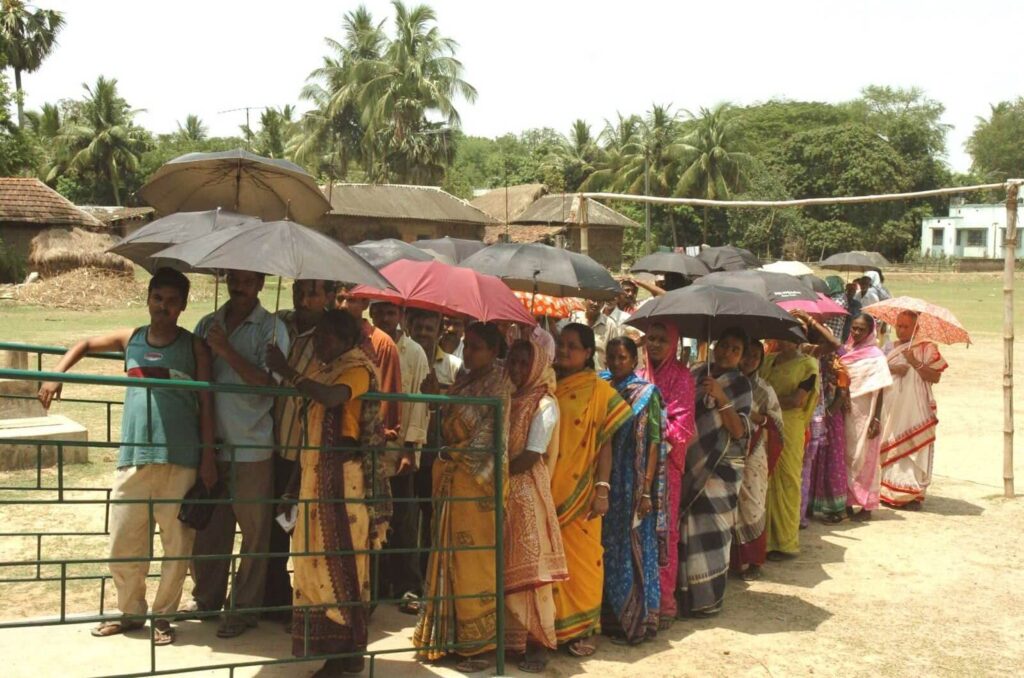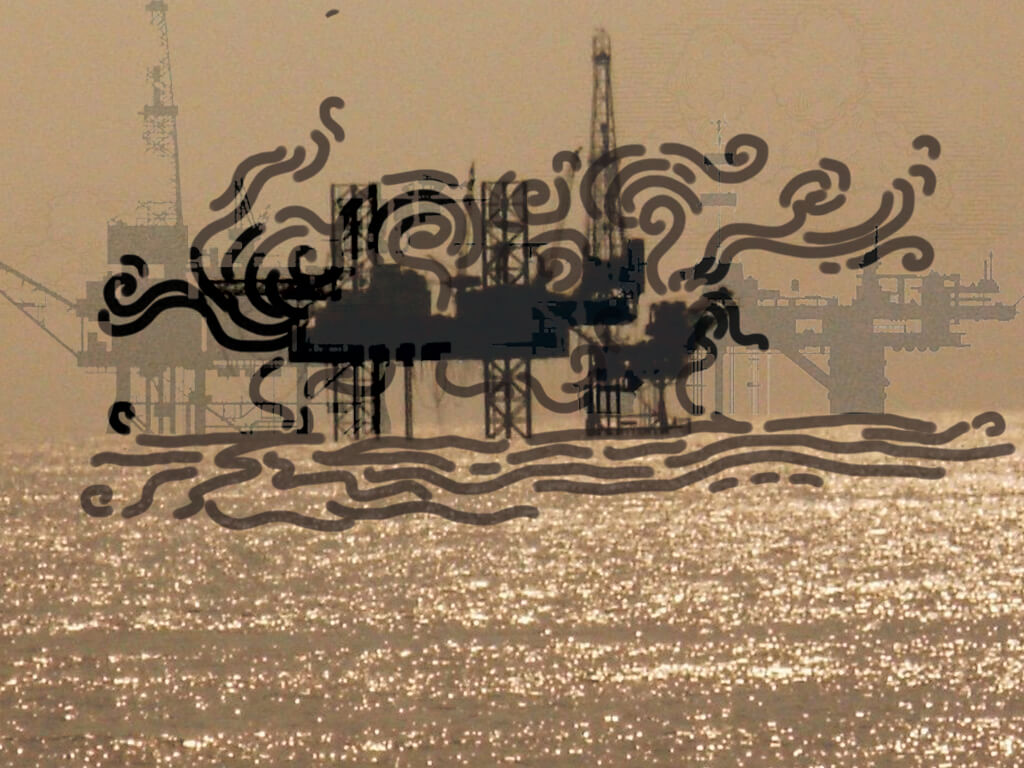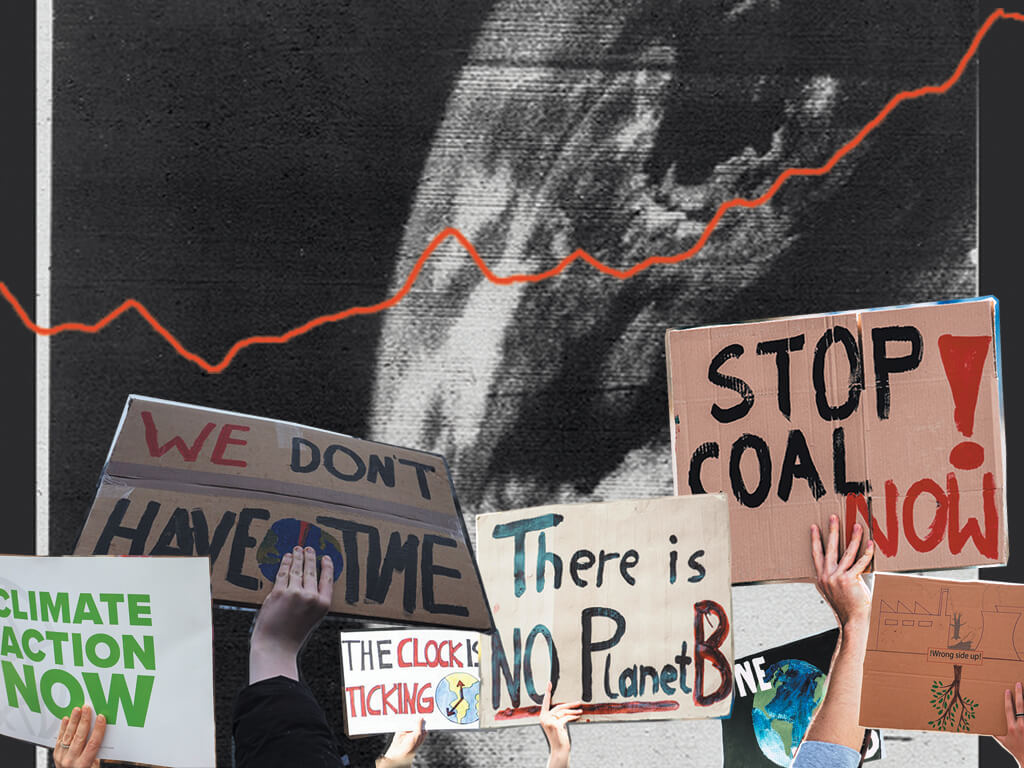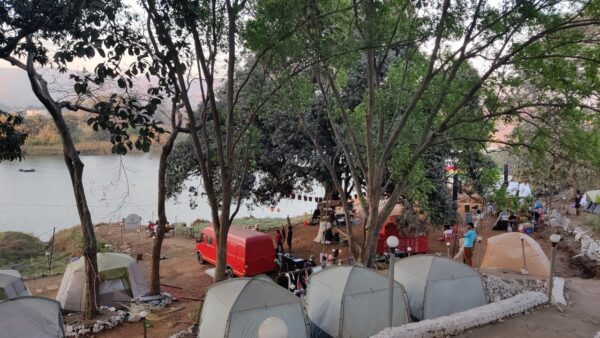At the heart of the climate negotiations like the Conference of Parties, or COP28 held in Dubai, should have been the attempt to reduce excess greenhouse gases (GHG) that humankind has emitted by burning fossil fuels since the industrial revolution. The last few decades have seen the worst rise in emissions and, consequently, in climate change; this year has been the hottest recorded in human history. The gases accumulated in our atmosphere form a blanket, trapping the solar energy that reaches the earth, causing global warming and the subsequent climate system destabilisation.
This places the highly profitable global fossil fuels industry at the centre of COP negotiations. Perhaps, this is why it took nearly 30 years for the powerful multilateral platform to acknowledge the need to transition away from fossil fuels that it did in Dubai. It dithered over a phase out of the fuels despite well-documented science. Clearly, disinformation campaigns, active lobbying and resistance from countries or companies which benefit from fossil fuel are more powerful than the threat of a warming and climate-destabilised world.
Enough has been written about the conflict of interest of the COP presidency this year – the COP28 president Dr Sultan Al Jaber also wears the hat of the chairperson of Abu Dhabi National Oil Company and heads the state-owned company Masdar which works in the renewable energy sector, and there were thousands of more fossil fuel lobbyists and executives than delegates of the worst-affected small nations. In an interview[1], Dr Al Jaber addressed apprehensions of “fossil fuel takeover” of COP28 by justifying his approach as based in realism and outlined the need to compliment the political process with private capital and business mindset. Leaked documents in the run-up to the conference pointed to his company pushing oil and gas deals behind the scenes – allegations that he dismissed.[2]
The UAE Consensus almost did not mention fossil fuels but, after much haggling, the term was included though action was limited to “transitioning away” rather than “phasing out” of the fuels. It also agreed on a framework, the Global Goal on Adaptation, to guide nations to protect their people and ecosystems from climate change. And, the Loss and Damage Fund became a reality garnering a total of nearly $800 million though it is way below the required climate finance.
The summits are evaluated for their immediate identifiable outcomes but their long-term impact also needs a review. It is tempting to think that the world would have been less hot or spared of climate extremities in 2023 had the acknowledgment of fossil fuels and action against them happened a decade ago. At this stage, from a long-term perspective, mitigation measures are urgently called for.
The more meaningful mitigation is delayed, the more we push our climate system to extremes resulting in a greater human and financial cost of the adaptation effort. By delaying the phasing out, we shift the adaptation burden (with a multiplier effect) from this year to the next. There is no real escaping it.

Photo: Wikimedia Commons
COP28 was a cop out
The Global Stocktake mentioning “transitioning away” from fossil fuels to achieve net-zero by 2050 is, frankly, a cop out. It acknowledged the root cause after decades but hesitated to enforce the solution. A small consolation came on the mitigation front with the commitment to triple the global renewable energy capacity and double the rate of energy efficiency improvements by 2030. The COP28 did not quite inspire urgent action, on adaptation and mitigation, that was desperately needed.
It is important to note that the move to include a complete phase out of fossil fuels was backed by at least 127 of the 200 countries. Yet, those resisting a phase out of fossil fuels had their way. There is worse to come. As critics have pointed out, there is a “litany of loopholes”[3] in the text which could still enable the production and consumption of coal, oil, and gas to continue. The weakness in the final text revealed more than the COP28 president intended to show.
For example, the call to triple renewable energy capacity and double the rate of energy efficiency improvements by 2030 was without the specific targets mentioned in the earlier drafts. Similarly, it called for “accelerating and substantially reducing methane emissions by 2030” without specific targets. It also called for accelerating zero-emissions and low-emissions technologies including carbon capture utilisation and storage (CCS), but only to “hard-to abate sectors.”
For many, therefore, the COP28 was a grave disappointment.
Why should we worry?
If this was 2013, the cause for worry might have been less; if it was the first COP gathering in 1995 in Berlin, Germany, hope would have taken the place of worry. But in the world’s hottest year on record, not being able to commit to phasing out fossil fuels is hardly pardonable. It is the first step; the work may take years. We are not yet on the first step.
The collective greenhouse gas (GHG) emissions in the world have more than doubled since the Earth Summit in 1992, a precursor to the annual climate summits.[4] The global sea level rise in the last 20 years has equalled that in the last century.[5] Extreme weather events have become more frequent and intense, billions of tons of ice sheets have been lost in Greenland and the Antarctic, even as glaciers are retreating including in the Himalayas. Oceans are warmer.[6]
The obvious has been written on the wall for years; phasing out fossil fuels was imperative. The letdown of COP28 on this front has meant survival issues for the vulnerable small-island states such as Maldives, Mauritius, and Seychelles among others. Represented collectively, they were frustrated when the final text stated “transitioning away” instead of “phasing out”. They put it on record that the text was finalised in their absence. By choosing to not call for phase out of fossil fuels, the COP28 put millions of people around the world as well as the larger bio-diverse ecosystems under extreme vulnerability. It was more a diplomatic win than a landmark ecological moment.
This begs the question: Have the world’s leaders lost sight of what the climate negotiations set out to do? Despite the Paris Agreement in 2015[7] to keep the global warming to below 1.5 or 2 degrees Celsius from pre-industrial levels, the collective greenhouse gas emissions have continued to rise; we are now staring at a 50 percent chance that the 1.5 degrees Celsius threshold might be exceeded in the next seven years.[8]

Illustration: Shivani Dave
India and its emissions
India finds itself in a peculiar place at COP. On the one hand, its GHG emissions have nearly tripled since 1992; it is the third largest global emitter following China and USA[9]. On the other hand, it is among the countries most vulnerable to climate change and has the largest population of poor people at 228.9 million[10] at risk of direct exposure to climate events and few means to recover from them.
Prime Minister Narendra Modi in his speech[11] at COP28 pointed out that India, despite having 17 percent of the world’s population, is responsible for only 4 percent of the global historic emissions and is on track – only a select few countries are – to meet the Nationally Determined Contribution (NDC) targets set under the Paris Agreement. Its NDC was updated last year[12] to, among other goals, achieve 50 percent cumulative power installed capacity from non-fossil fuel-energy resources by 2030.
Modi also launched the Green Credit Initiative with the UAE and called on countries to rise above self-interest, a dig to the Global North. He also highlighted that, during India’s G20 Presidency this year, the nations which cumulatively account for 80 percent of global emissions had adopted a declaration[13] to “pursue and encourage efforts to triple renewable energy capacity globally”.
However, its refusal to endorse the Global Renewables and Energy Efficiency Pledge[14] to triple the world’s installed renewable energy generation capacity by 2030 and double the global average annual rate of energy efficiency improvements, drew criticism. The pledge is rooted in the G20 declaration that Modi had proudly referred to. At least 130 countries – including the US – signed it but India argued that its carbon emissions, on per capita basis, are lower than in most developed countries and it would be unfair to be held to the same standards.[15]
Cut through the clutter, this means India gave itself the room to continue with fossil fuels, especially coal. This is not the first time that India has skipped pledges at COP to tighten global climate action. At COP26, India (along with China) fiercely objected to ‘phase out’ of coal in the final agreement and sought amendments in the last plenary, asking that the term be replaced with ‘phase down’.[16] [17] [18]
This is not surprising for the COP-watchers. India has traditionally argued its position on emissions being low on a per capita basis and its small percentage share[19] in global carbon budget. And it has repeatedly called for financial and technological support from the historic emitters to assist it to transition away from fossil fuels. From an international point of view, it is a fair argument. At 4 percent of global emissions, India is nowhere close to the United States (19 percent) in CO2 emissions or even China (13 percent).[20]
However, it is no longer a question of individual nations but of global collective GHG emissions. There are debilitating consequences outside the negotiating rooms of slow and grey diplomatic word play. Climate change knows no international borders. India must go the extra mile because her millions are not only vulnerable but also have limited resources to deal with its impact on their lives and livelihoods.
This is not to take away from the progress India has made – the push for non-fossil fuels in our electricity mix, electric vehicles on roads, buildings with energy-efficiency certificates, moves to establish the carbon market, and even the New Education Policy mentioning climate change and action. However, India’s emissions have only been increasing year-on-year and are projected to rise sharply. Importantly, emissions from coal are expected to rise by 9.5 percent while oil and natural gas emissions will rise by around five percent. Coal is dirty, yet India does not seem on track to phase it out.
As the third largest emitter today[21] India will have to take long-term mitigation more seriously than it has – and act too. The people counted as ‘per capita emission’ arguments do not have the luxury to wait for COP negotiations or hold back the climate impact on their lives. India’s posturing so far does not acknowledge the urgency to act.

Photo: Jayshree Sengupta
Rising to the moment
Can India afford to kick the can down the road? In diplomatic terms, yes. Recall that in 2017, US President Donald Trump had withdrawn from the Paris Agreement on the grounds of sovereignty,[22] despite the country being the largest historic contributor to global warming.[23]
But diplomatic wins mean little to millions of people and small businesses grappling with climate impact. We are too close to a point of no-return in the physical climate system. India can do one of two things – either raise the bar at the next COP, demanding that the Global North transfer technology and finance needed to leapfrog to clean energy or look beyond the COP to evolve its own model to cut its emissions footprint.
There are grey areas that India must come clean on. At COP26, for example, Modi had referred to “achieving the target of net zero” without specifying GHG or CO2 emissions; India’s NDC too followed in the footsteps. The Bill introduced in the Rajya Sabha in 2022 to create the framework for this has not advanced.[24] India has to make renewables cheaper than fossil fuels and move towards the maturity of the carbon market. Corporate India has a role too; most climate action in this sector is thanks to international pressure and changes in the international trade, rather than national policies.
For an economy and society entrenched in fossil fuels, mitigation is not easy. However, climate impact does not pause for India to get its act together on mitigation measures. India has the opportunity to lead the world on this aspect, leveraging its out-of-the-box thinking, and unlocking finance and technology within the country. Merely locking step with COP or dodging its pledges does India no good. It has to lead the world – with a sense of urgency. For this, its actions at home must go beyond the COP framework.
Harish Borah is a subject expert in cost/carbon studies within the building industry. He is the Principal ‘Carbon’ Expert for ADW Developments (UK); member of GRIHA’s ‘Technical Advisor Committee’, and Founder of OnePointFive Tribe. His work portfolio is spread across the UK/EU, the Middle East, and India. He has also been named among India’s top 25 leading minds in sustainability by the Economic Times.
Cover illustration: Shivani Dave




